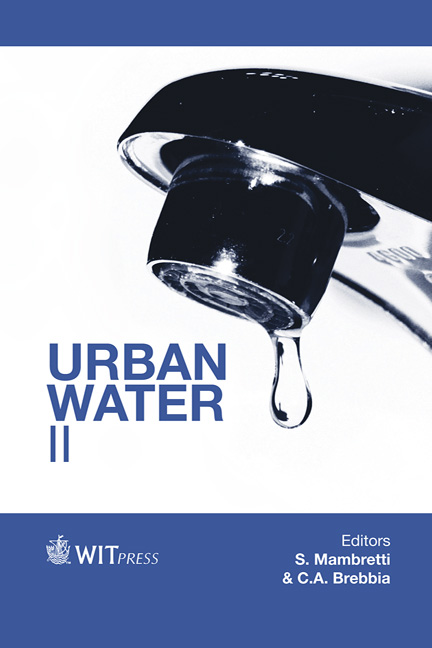A Quantitative Study On The Effectiveness Of A Flexible Sewerage System For Disaster Prevention Environment Issues
Price
Free (open access)
Transaction
Volume
139
Pages
10
Published
2014
Size
2,094 kb
Paper DOI
10.2495/UW140241
Copyright
WIT Press
Author(s)
H. Shirayanagi & Y. Kitamura
Abstract
Although the infrastructure in Japan was expanded in the late 20th century to address projected needs, the amount of sewage from homes and factories is rapidly decreasing, creating a sewer system that is not operating near full capacity. Simultaneously, global climate change has increased the risk of a natural disaster (e.g., local flooding), and the capacity of the rainwater drainage system is chronically insufficient. Our research indicates that underground space is not being utilized efficiently. However, the aging population and decline in economic activities have significantly reduced the available capital to maintain and upgrade the existing infrastructure. Because creative solutions are necessary to minimize infrastructure costs, we propose constructing a flexible sewer system. Specifically, we suggest a strategy where rainwater is directed into sewage treatment facilities. Herein we quantitatively show the effects of flexible management of the sewer system using a target district in the Kansai region in Japan. We estimate that the capacity of the rainwater drainage system could be improved from 61.6mm/hr to 65.2mm/hr, reducing the likelihood of flood damage in this district by 21.7%. Keywords: infrastructure, environment, disaster prevention, space reallocation, flexible sewer systems, Intelligent Rainwater and Sewage Systems, IRSS.
Keywords
infrastructure, environment, disaster prevention, space reallocation, flexible sewer systems, Intelligent Rainwater and Sewage Systems, IRSS.





